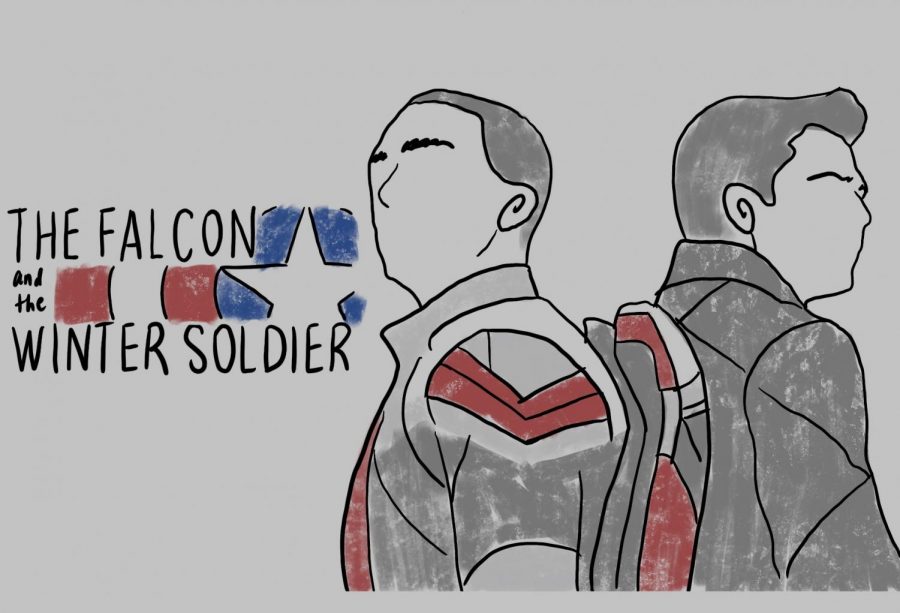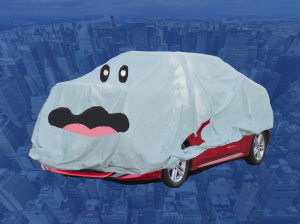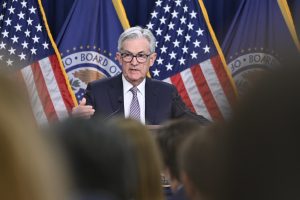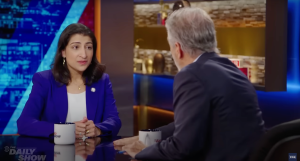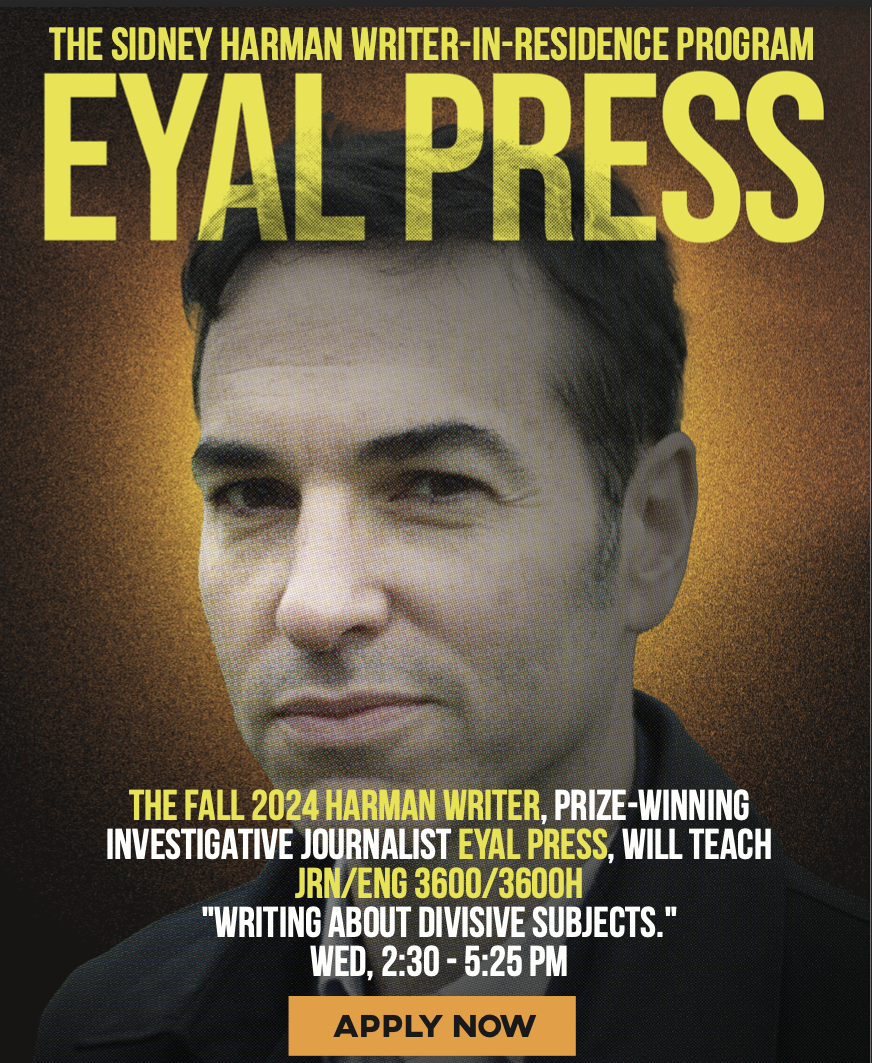The Falcon and the Winter Soldier masters the Marvel model for better and for worse
May 7, 2021
The Falcon and the Winter Soldier was released on Disney+ on March 19 and ran for six weeks, with the final episode airing on April 23. The miniseries was directed by Kari Skogland, known for their work on The Handmaid’s Tale and The Loudest Voice, and written by Malcolm Spellman, a writer for the 2010 movie Our Family Wedding. Anthony Mackie and Sebastian Stan revisited their roles as Sam Wilson from The Falcon and Bucky Barnes from The Winter Soldier, respectively.
The title of the series was based on the 2020-2021 comic book series “Falcon & Winter Soldier” by Landy Vicentini. The series follows the events of both Avengers: Endgame and WandaVision and takes the viewers on an adventure alongside Sam and Bucky as they team up and form a relationship not much unlike, as Stan himself put it, The Odd Couple.
Similar to most Captain America movies — aside from the anomaly that was Captain America: First Avenger, of course — The Falcon and the Winter Soldier came bearing gifts in the likes of solid pacing, fantastic character development and a beautiful construction of interpersonal relationships. It would not be a stretch to claim that the miniseries beats Captain America: Civil War in overall performance.
To break it down, let’s inspect one of the major elements that most Captain America movies are notorious for — their expert pacing. The story fits beautifully into six episodes, perhaps with minor exceptions at the end, yet even then nothing felt rushed. The flow was never interrupted and the gravity of the plot development never exceeded a blurring 9.81 meters/second².
Aside from its expert pacing, when it came to the development of all the characters and the relationships they built with each other, the series definitely did not disappoint. Sam and Bucky’s previously teased friendship was beautifully unraveled; it added the perfect amount of humor and awkwardness to the script while slowly building up a very meaningful bond with sitcom-esque writing.
Captain America movies and comics alike, have always carried a strong list of well-developed protagonists, who harbora special bond among each other. Captain America: Civil War gave Marvel fans a glimpse of friendships yet to bud, starting Phase 4 of the Marvel Cinematic Universe by giving all these unique relationships room to, which is one of the smartest decisions Marvel has made.
Alongside the reintroduced protagonists, the show also brought to the forefront some of the most memorable Captain America villains from the comics and even introduced a new antagonist. However, this is where one of the biggest setbacks of the show came into play: too many characters, not enough time.
This was mainly a problem with the villains, yet it also caught up with Joaquín Torres, the heir of the Falcon mantle in the comics. His introduction is crucial for the future of the Marvel Universe, yet he was given a significant amount of screen time in the beginning of the show, but was almost completely forgotten in the middle and then was awkwardly brought back at the end. Though his character still left quite the impression on viewers and he will be easy to reconnect with in upcoming Marvel projects, he could have been written into the storyline more consistently considering his overall significance.
Regardless, the show did highlight many important characters from both the comics and past MCU movies, reminding its viewers of the continuity of the Marvel Universe. A rough list of these characters includes Sam and Bucky, of course, Sharon Carter, John Walker, Baron Zemo, Isaiah Bradley and the aforementioned Joaquín. Despite the inconsistent arcs some of these characters were given in the series, Marvel is most definitely keeping its viewers on the edge of their seats.
Despite its expert writing, it wouldn’t be a Captain America story if it didn’t touch base with real-world issues and then conclude them in an almost comically unrealistic way, now would it?
Previous Captain America movies have addressed fascism, government surveillance and regulations placed on law enforcement. The Falcon and the Winter Soldier was really MCU’s first step into a conversation about race and systemic racism in the United States Alongside this, the series even challenged the concept of “Captain America,” something that Marvel had been hinting at and foreshadowing since the very first Captain America appearance. If the shield is supposed to be a symbol for patriotism, then this was MCU’s first time going beyond questioning nationalism into the territory of questioning specifically modern patriotism. In response to Sam claiming that “the world is different now,” Isaiah Bradley says,
“Man, that’s why you’re here? You think things are different? You think times are different? You think I wouldn’t be dead in a day if you brought me out? You wanna believe jail was my fault because you got that white man’s shield. They were worried my story might get out. So, they erased me. My history. But they’ve been doing that for five hundred years. Pledge allegiance to that, my brother. They will never let a Black man be Captain America. And even if they did, no self-respecting Black man would ever wanna be.”
Though this results in Sam choosing to pick up the shield anyway in an attempt to fight for change by not yielding to the idea that America is for white men only, it still introduces a thought that is always worth considering when watching these movies.
What is the real purpose of Captain America? What is the real purpose of the shield? What about the pledge, the flag and the anthem? What are all these things really rooted in and can we really make significant change while still romanticizing them?
Aside from race, the series also addressed many veteran’ issues, classism, the levels at which governments devalue human life and, of course, the biggest one that the plot of the show was based on, the distrust of refugees, immigration and the divide and prejudice that patriotism causes.
However, while shedding light on important issues, Marvel never really fails to push propaganda at any given opportunity. Of course, there was the military propaganda that makes a cameo in every Captain America movie, but more importantly it was the light in which the revolutionaries and main antagonists known as the Flag Smashers were painted in.
Marvel did what it does best; they introduced the weighty trauma and pain that characters have suffered through and then proceeded to demonize them to a point of no redemption. The progression of slowly morphing the Flag Smashers to terrorists that the world leaders refer to them as was very tone-deaf and one-dimensional to the real-world issues they were attempting to address.
“I agree with your fight. I just can’t get with the way you’re fighting it. And I’m sure [Donya] wouldn’t either,” Sam says to the leader of the Flag Smashers, Karli Morgenthau. This falls in line with a long history of backlash that many social justice movements have faced for “not protesting peacefully”.
To circle back to the comically unrealistic endings that Captain America stories are known for, the “correct” way to “fight the good fight”, according to Sam, was apparently to give a very moving speech to United Nation leaders while wearing a suit that’s painted red, white and blue.
What was the moral of the story? Was it that before starting a revolution, one should always try to give a moving speech first? This could maybe be ascribed to poor storytelling, however, when considering the fantastic pacing and writing of the rest of the series, it is pretty clear that the ending was very much intentional.



